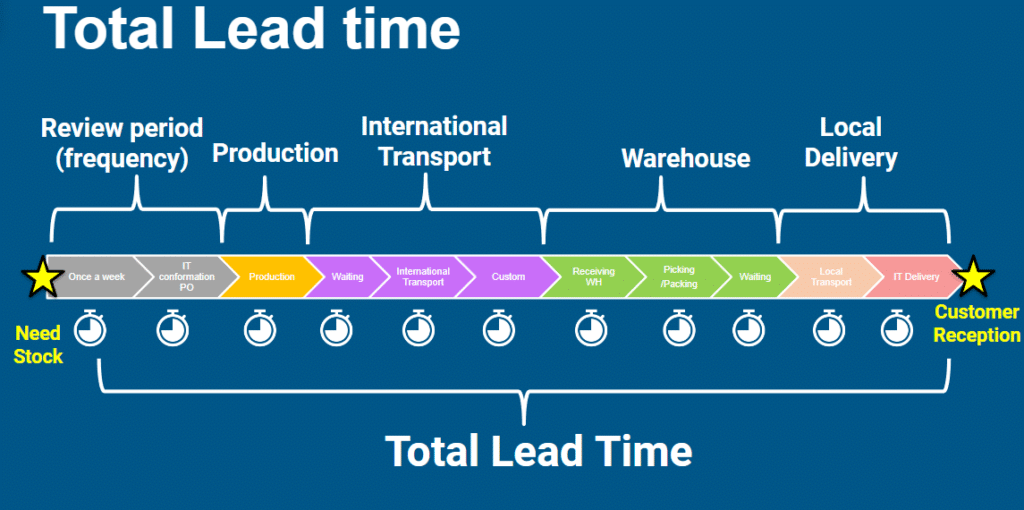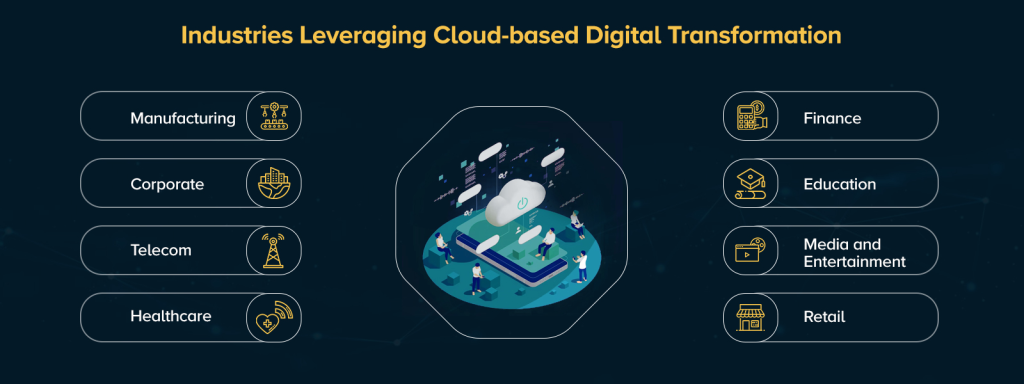The Future of Logistics: Cloud-Based Visibility
Cloud-based visibility platforms are transforming industries by providing real-time insights into operations, improving decision-making, and streamlining processes. In logistics, supply chain management, and e-commerce, these platforms help businesses optimize efficiency and reduce costs. With the increasing complexity of global operations, having a unified view of data from various sources is essential for success. Cloud-based solutions allow businesses to stay ahead in a competitive market by offering flexibility, scalability, and enhanced visibility into operations.

What Are Cloud-Based Visibility Platforms?
A cloud-based visibility platform is a software solution that offers real-time access to critical data and analytics, hosted on the cloud. These platforms integrate data from multiple sources such as tracking systems, IoT sensors, and enterprise resource planning (ERP) systems, providing a unified view of operations. They allow businesses to track shipments, monitor inventory levels, and manage logistics more efficiently, making it easier for stakeholders to access timely information from anywhere.
For example, Postalparcel’s logistics services enable businesses to track shipments in real-time, ensuring that inventory levels are optimized and deliveries are monitored, ultimately enhancing customer experience. These platforms allow companies to make faster, data-driven decisions that improve operational performance.
Key Benefits of Cloud-Based Visibility Platforms
1. Real-Time Data Access
One of the major advantages of cloud-based platforms is the ability to access real-time data. This feature is crucial for businesses that need to make informed decisions quickly. With cloud-based visibility, managers and decision-makers can access up-to-date information anytime and anywhere. This is particularly beneficial for industries like logistics, where accurate and timely data on shipments and inventory can directly affect customer satisfaction.

2. Improved Decision-Making
Cloud-based visibility platforms integrate data from various sources, allowing businesses to analyze it in one place. This centralized data hub enables better decision-making, helping companies identify trends, optimize processes, and reduce inefficiencies. Whether it’s optimizing delivery routes, adjusting inventory levels, or evaluating supplier performance, cloud-based platforms provide businesses with the insights needed to make smarter, faster decisions.
3. Enhanced Collaboration
Collaboration is essential for businesses to operate smoothly, and cloud-based visibility platforms facilitate this by providing access to data across teams and departments. Because these platforms are cloud-hosted, they can be accessed by teams from different locations and time zones, improving communication and collaboration.
Whether it’s customer service teams tracking order statuses or supply chain managers optimizing delivery schedules, the ability to access shared data in real-time leads to faster problem-solving and more efficient operations.

4. Scalability
Cloud-based platforms offer scalability, allowing businesses to adjust resources as their needs evolve. As companies grow or experience fluctuations in demand, cloud solutions can expand or contract without requiring significant hardware upgrades or additional infrastructure. This flexibility ensures that businesses can maintain high performance regardless of size or demand.
With Postalparcel’s logistics services, companies can easily scale their operations to handle increased shipping volumes or expand to new markets, all while maintaining the same level of visibility and control over their logistics.
5. Cost-Effectiveness
Cloud-based visibility platforms typically operate on a subscription or pay-as-you-go model, reducing the upfront investment required for hardware and IT infrastructure. This makes them a cost-effective solution for businesses of all sizes. Additionally, cloud services are managed by the provider, eliminating the need for businesses to maintain their own servers and IT staff.
By optimizing operations and reducing costs, cloud-based platforms enable companies to invest their resources in other areas, such as marketing or product development, ultimately supporting business growth.
How Cloud-Based Visibility Platforms Are Transforming Industries

1. Logistics and Supply Chain Management
In logistics, cloud-based visibility platforms provide real-time data on shipments, inventory levels, and order fulfillment, helping businesses reduce delays, improve route optimization, and enhance customer satisfaction. Cloud platforms also allow businesses to track global shipments, manage inventory, and improve warehouse operations.
For example, Postalparcel offers an integrated logistics platform that helps businesses manage their global deliveries, providing real-time tracking and seamless communication with customers. The platform enhances operational efficiency by allowing businesses to choose the most cost-effective carrier and optimize their logistics network.
2. Retail and E-Commerce
For retail and e-commerce companies, cloud-based visibility platforms are essential for managing inventory, order fulfillment, and delivery. These platforms provide businesses with real-time insights into product availability, order status, and shipping information, ensuring that customers receive their products on time. The ability to monitor and manage inventory from multiple locations is particularly beneficial for e-commerce companies with global operations.
By using cloud-based platforms, retailers can streamline their shipping processes, reduce delivery times, and enhance the customer experience by offering accurate tracking information and faster deliveries.

3. Manufacturing
In the manufacturing industry, cloud-based visibility platforms improve supply chain transparency and provide real-time insights into production schedules, inventory levels, and shipping times. Manufacturers can track raw materials, monitor production processes, and optimize delivery times for finished goods. This leads to reduced lead times, better resource management, and greater overall efficiency.
By using cloud-based solutions, manufacturers can also predict potential delays, such as shortages in raw materials or production bottlenecks, and take action before these issues affect operations.
How Postalparcel Overcame Logistics Challenges
Postalparcel played a pivotal role in solving logistics challenges for a global e-commerce business that faced issues with delayed shipments, poor visibility, and inefficient carrier management. The company struggled to monitor the status of international deliveries and often dealt with last-minute delays, leading to dissatisfied customers.
By integrating Postalparcel’s logistics services, the company gained real-time visibility into its shipments, improving carrier management and route optimization. The platform’s order management and carrier management solutions enabled the company to select the most efficient shipping options, reduce delays, and provide customers with accurate delivery estimates. As a result, the business saw an improvement in customer satisfaction and a reduction in operational costs.
Conclusion
Cloud-based visibility platforms are reshaping industries by providing real-time data, improving decision-making, and enhancing collaboration. Postalparcel‘s logistics solutions are at the forefront of this transformation, helping businesses optimize their shipping and delivery processes. By leveraging cloud-based visibility platforms, companies can improve operational efficiency, enhance customer satisfaction, and reduce costs, positioning themselves for success in the future.
Industry Insights
news via inbox
Nulla turp dis cursus. Integer liberos euismod pretium faucibua








